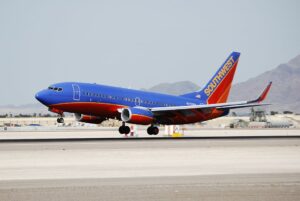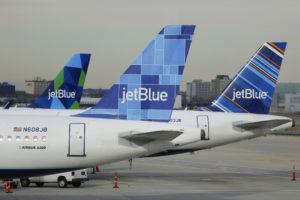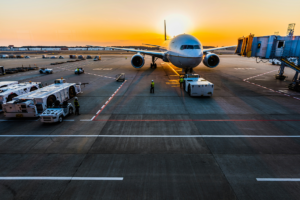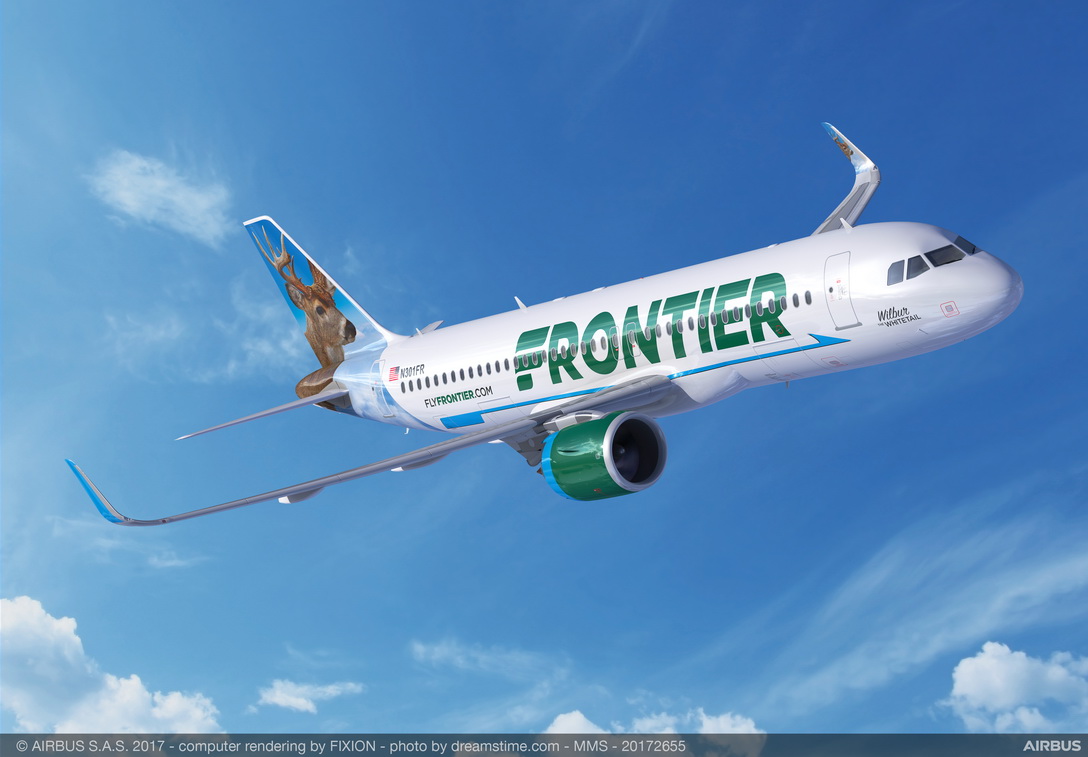Where Airlines Are Storing Grounded Aircraft

By now, we are no stranger to the effects of the coronavirus crisis on the airline industry. Thousands of flight cancellations have forced carriers to ground hundreds of aircraft, with over 70 airlines across the globe grounding their entire fleet. So, where are all these aircraft being kept? Well, the reality is that storing aircraft is complicated, and airlines have had to figure out the logistics of parking planes without damaging them or burning through cash reserves.
Desert Storage
Many people are aware of the boneyards out in the deserts of the United States, where many airlines send their retired aircraft to be dismantled and scrapped. However, these facilities, such as the Pinal Airpark in Arizona and the Rosewell International Air Center in New Mexico, also specialize in long-term storage and are being overloaded with aircraft due to the coronavirus.
The desert is a great place to keep aircraft because of the dry conditions, but even grounded aircraft must keep up with routine maintenance, something that airlines will have to pay for once they’ve shuttled them to the storage facility. According to Scott Butler of Ascent Aviation Services, each plane can cost up to $30,000 for storage and maintenance. He continued to explain that airlines that want to keep their aircraft ready for use within a day or two can opt for “active parking mode,” which according to Butler, “involves running the engines every week, running major systems, lubes, just general flight line maintenance you would do between flights. Really just keeping it ready to go.” However, the cost to store aircraft long-term is still cheaper than the $4,000-$6,000 to operate per hour if the planes were flying.
Another option is short-term storage, where airlines can store aircraft for three months to just under a year. This includes “preserving the engines, removing all fluids, and getting everything covered in protective casing,” which can take anywhere from three days to a week. These planes will also get routine maintenance checks throughout the term. According to Butler, U.S. airlines are using a combination of short-term, long-term, and active parking mode to store aircraft. He said, “Each aircraft varies wildly, and every operator has a little bit of a different program.”
Airport Storage
Parking aircraft at airports is an easy solution to storing planes. Before the virus, it was common to see jets sitting on remote ramps, but the overcrowding has forced some airports to give up runway and taxiway space to airliners. For example, Paris Charles De Gaulle (CDG) and Paris Orly (ORY) have closed five runways – 08R/26L and 08L/26R at CDG and 02/20 at ORY to store aircraft. Furthermore, the Copenhagen Airport in Denmark has designated two of its three runways to aircraft storage, with the potential to park 60 aircraft between the two. This is in addition to the 80 jets it can store at its regular parking locations.
Moreover, Frankfurt Airpot in Germany has converted its northern runway to parking space for Lufthansa, Condor, and other airlines, while a military airport outside of Zurich has become a parking lot for many Swiss aircraft. Additionally, Qantas has taken measures to store 50 aircraft at a small airport outside of Melbourne, as well as 100 others at major airports around Australia. Fortunately, some of these airports, such as Brisbane and Melbourne, are offering parking for free. Dozens of other airports worldwide have also taken in hundreds of aircraft for storage, such as Pittsburgh, Tulsa, Atlanta, Sky Harbour, Mobile, San Antonio, and Birmingham in the U.S., Vienna and London in Europe, and Seoul, Hong Kong, and Delhi in Asia.
As far as U.S.-based airlines, The Points Guy has done the research and determined how many aircraft are being held at certain airports across the country. For example, American Airlines has stored 67 wide-body aircraft between Tulsa and Mobile, while United has spread much of its fleet across nine airports, including Washington Dulles (IAD) and Houston (IAH). You can see the full dataset here. Meanwhile, three of the five available runways in Atlanta have been designated as parking spaces for Delta planes.
Cost of Grounding Aircraft
There is an obvious financial burden to grounding planes, such as flying empty aircraft, storage and maintenance fees, and employee compensation.
The most obvious financial burden of low travel demand is flying empty planes. Carriers are rarely operating flights with more than a dozen or so passengers, so it is doubtful they are profiting from them. For example, out of the 89 flights Air New Zealand flew last week, they only carried 165 passengers and lost about $1.5 million to do so.
When planes aren’t flying, they have to be kept somewhere, and storage and maintenance fees are not cheap. The average price for parking an aircraft is 40 cents per 1,000 pounds per day, while the average maintenance cost is $2000 a month per aircraft. So, this would put the cost to store and maintain a Boeing 737-800 at about $3100 per month, and a Boeing 777-300ER at about $6400 per month. For airlines like Delta that are storing hundreds and hundreds of aircraft, these monthly costs will surely eat up a good chunk of cash reserves.
Employee compensation is another financial burden. Of course, as operations dwindle, non-essential employees will be laid off or given unpaid leave. However, there are still inflexible union contracts that will force airlines to pay their line workers partial or full salary. Not to mention U.S. airlines will not be allowed to furlough any employees until September 30th if they choose to take government aid.
Does anyone work at these storage facilities? What is it like these days? Share your insight in the comments!






















